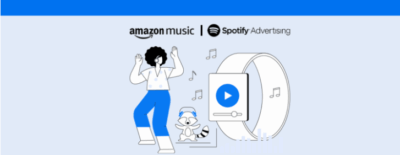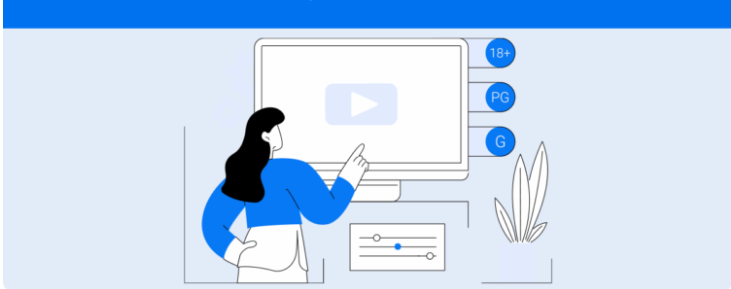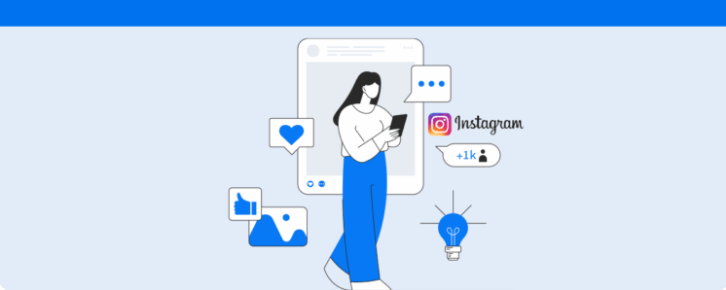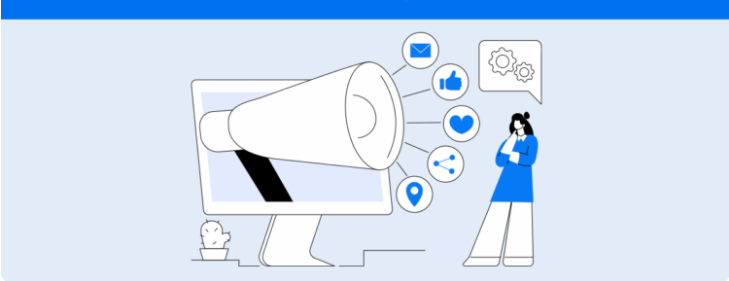Check out the comparison between the two platforms and find out which one is ideal for your brand’s needs Amazon Music or Spotify
When we talk about investing in audio media ads, it’s very common to wonder if it’s more worthwhile to bet on Amazon Music or Spotify.
After all, both platforms stand out among audiences that appreciate music and podcasts, ensuring that the right ad in the right context is heard attentively without competing for screen space.
Thus, we’ve prepared this article to explain how each option works for advertisers, what formats make a difference, and how to read data to enhance the campaign. Check it out.
What are Spotify Ads
But first of all, it’s important to understand what the two platforms are and how their ad campaigns work.
Created in Sweden in 2006, Spotify helped popularize the subscription streaming model worldwide.
With a presence in dozens of countries and an audience that moves between music and podcasts, including video, the platform gathers different listening contexts throughout the day.
Thus, for advertisers, this means having access to varied formats that naturally integrate with the listening habit.
Including in Spotify Ads you can choose between audio, video, and display as well as inventory in podcasts.
The highlight is the combination of reach and contextual relevance, as it’s possible to target by demographics, musical tastes, and especially by moments in playlists for those training, studying, or relaxing.
Thus, the message reaches at a time when the person is more open to hearing it, which improves the experience and tends to enhance results.
Therefore, for those starting to advertise, the process is relatively simple with flexible budgets and easy-to-interpret reports.
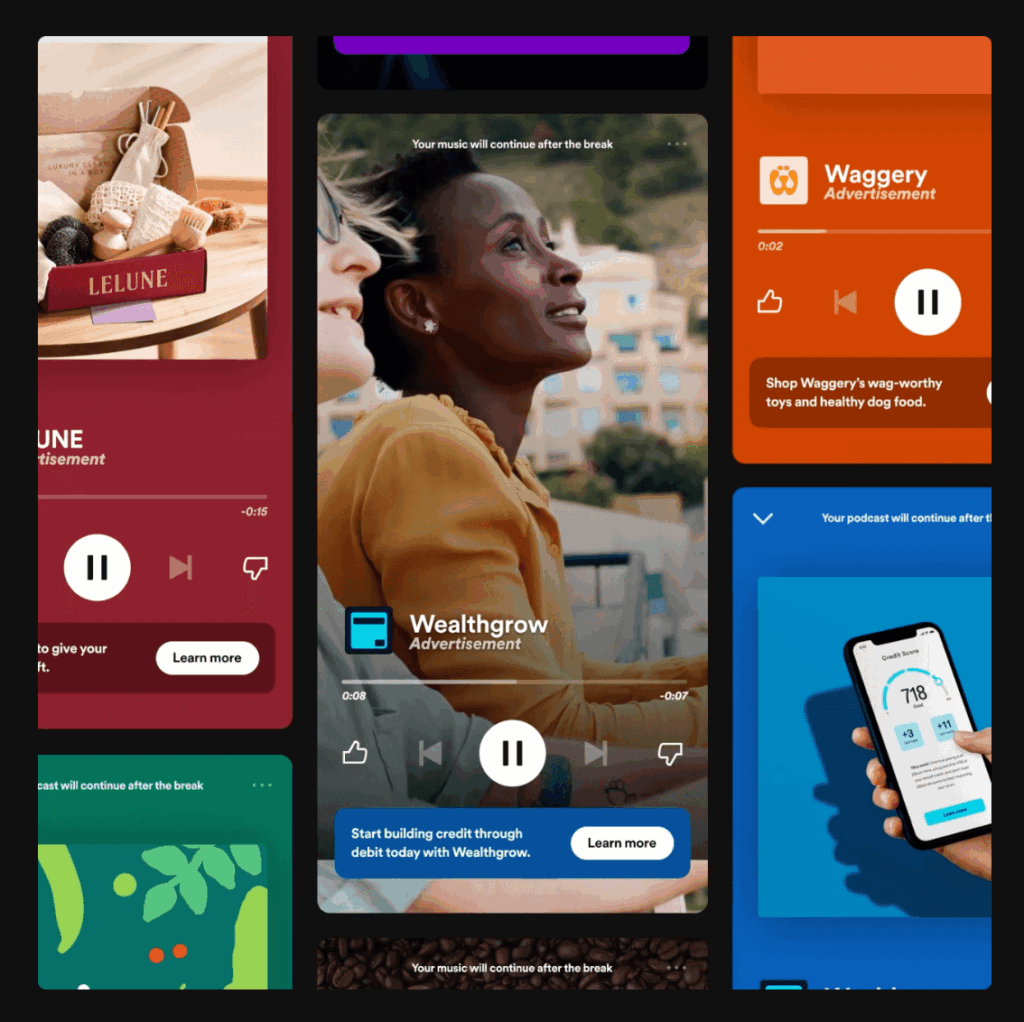
What are Amazon Music Ads
On the other hand, Amazon Music is Amazon’s audio service developed in 2007.
Like Spotify, it gathers a vast catalog of music and podcasts and offers advertisers Audio Ads that are not limited to the app.
That is, it allows reaching people also in premium publishers like podcast networks and in other environments of the ecosystem, such as Twitch and Alexa-enabled devices.
Thus, its proposal is to connect listening moments with Amazon’s purchase behavior signals, which opens doors for audience and measurement strategies closer to the sales funnel.
Additionally, Amazon provides internal reports and integrations with measurement partners to track reach, frequency, audio completions, and efficiency metrics.
Another differential is the possibility of voice experiences with Alexa.
For example, the listener hears your ad and can interact with a simple command to learn more, request a sample, or save the product to their wish list.
Amazon Music or Spotify See the differences between the two platforms
Now that we know the essence of the two audio platforms, it’s time to see how they differ in terms of audiences, formats, and advertising costs. Let’s go.
1. Target Audience and Reach
To begin with, being a global leader, Spotify reaches a wide and diverse audience. Its presence is especially strong among 18 to 34-year-olds, although it is not limited to this age group.
Moreover, this audience tends to be connected to musical and technological trends and to consume podcasts on different themes.
Furthermore, there is a wide variety of listening moments throughout the day, such as in transit, training, and household tasks, allowing messages to be inserted more naturally.
Meanwhile, in the Amazon ecosystem, the reach goes beyond the Amazon Music app. and is combined with exclusive publishers and environments like Twitch and Alexa.
In practice, this favors brands that wish to engage with Prime subscribers and households with smart devices, as well as those intending to use purchase signals to qualify their audience more precisely.
That said, if you need rapid scale and a strong presence in varied contexts, Spotify usually delivers excellent results.
However, if the strategy requires an affinity with consumption, purchase data, and voice, the Amazon ecosystem may stand out.
2. Ad Formats
When in doubt between Amazon Music or Spotify, it’s also important to know the formats offered by each platform. Check out the comparison.
| Platform | Main Formats |
| Spotify Ads | Audio with 15 to 30 seconds Banners shown during user navigation Video ads in the Sponsored Session offering 30 minutes without ads after the user watches the piece Podcast Ads |
| Amazon Music | Standard audio ads ranging from 10 to 60 seconds Interactive audio ads Branded Experiences with Alexa offering the option to add a customized CTA to be activated by the virtual assistant Podcast Ads |
In other words, while Spotify offers a multi-format ecosystem within its own platform, Amazon expands audio to other environments in its universe, allowing voice interaction and a closer proximity to the purchase moment.
3. Advertising Costs and Targeting
Regarding targeting on Spotify Ads, it’s possible to consider factors such as age, gender, location, interests, and listening moments.
This allows adjusting the message to the usage context and increases the chance of the listener paying attention to the message.
Together, the entry barrier is low since you can start with smaller budgets, test hypotheses, and learn quickly.
The Ads Manager even makes the process more intuitive, from audience creation to reading reports.
Thus, you can run initial ads, measure impact by format, and gradually scale as performance improves.
In Amazon Music Ads, targeting takes advantage of streaming and purchase signals from the Amazon ecosystem, which helps to create audiences more likely to certain product categories.
On one hand, this may require more technical repertoire or a specialized partner, and in some cases, a slightly higher initial ticket.
On the other hand, it opens up space for sophisticated targeting and attribution strategies.
Thus, if the idea is to start small and learn quickly, Spotify is a great facilitator.
However, if you want to connect audience data to purchase data, Amazon tends to deliver additional value.
When to advertise on Amazon Music or Spotify
Now that you know the key points that differentiate Amazon Music from Spotify, it’s time to analyze when each platform stands out for advertisers.
That said, if your goal is to gain quick scale and tell stories in multiple formats within the same environment combining audio with visual reinforcements from video and display, Spotify Ads tends to be a great choice.
In fact, the ability to target by listening moment, training, relaxation, or travel helps fit the message into the right context, increasing relevance without making it intrusive.
Additionally, as the platform is friendly for testing with different budgets, it works very well for brand discovery initiatives and other experiments that allow scaling as learnings appear.
Now, if your priority is to bring media and purchase intent closer, it’s worth paying more attention to Amazon Music Ads.
After all, in this ecosystem, you can explore premium podcasts, activate a presence on Twitch, and even create voice experiences with Alexa.
For example, to stimulate actions like requesting a sample or adding to the list directly from the ad.
This setup is often especially interesting for brands with synergy with ecommerce and categories already strong in the Amazon universe, as it shortens the path between audio impact and the desired action, better connecting communication to the audience’s decision moment.
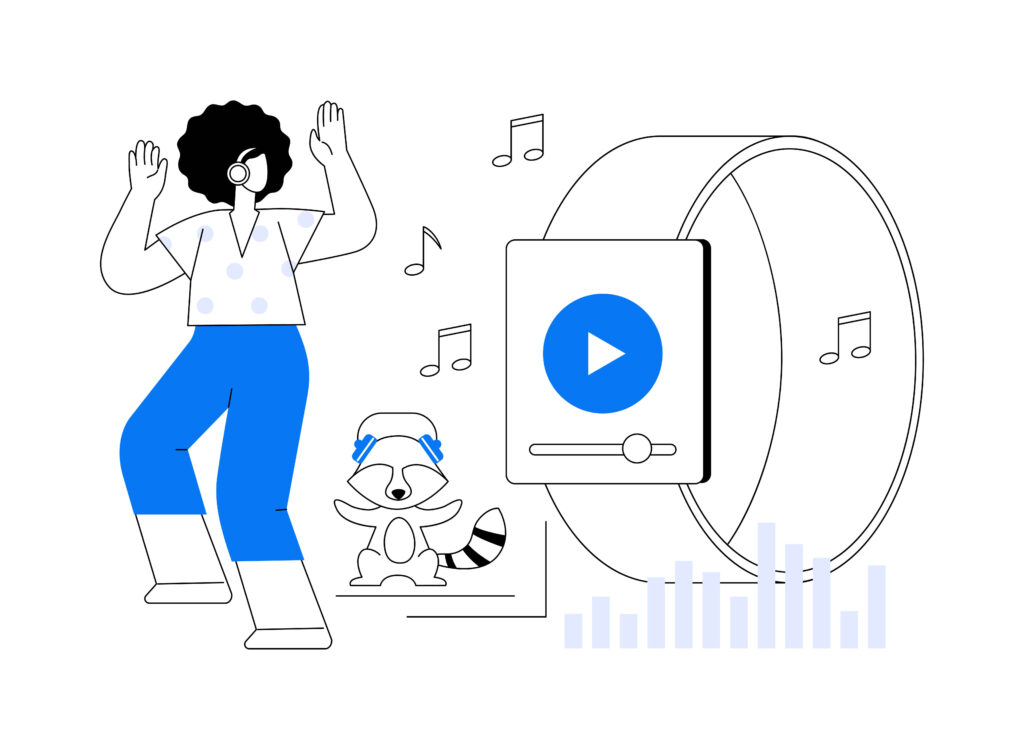
How to analyze data on Amazon Music or Spotify
Finally, it’s important to highlight that analyzing the results is essential on both Spotify and Amazon Music to measure campaign success and make them more strategic.
For example, on Spotify, the Ads Manager gathers clear reports on reach, frequency, impressions, audio completion rate, and CTR when there are clickable elements, and it also allows segmentation by format and listening context.
With this perspective, it becomes easier to optimize creatives, adjust bids, and compare moments to identify where the message performs best.
In other words, in practice, you can quickly conduct tests to understand which combinations of format and context generate more efficiency and direct investment towards what actually works.
Meanwhile, in Amazon Music Ads, measurement allows tracking essential metrics such as impressions, average frequency, cumulative reach, audio start and completion, and eCPAC cost per effective completion, building a panel that connects exposure and efficiency.
Together, when the campaign involves Alexa, it’s worth including voice interactions as an additional indicator of interest and convenience.
This helps refine calls to action, messages, and even the ad script, reduce friction, and bring the user closer to the desired next step.
Spotify or Amazon Music: which is better
The truth is, there isn’t a single answer. From everything we’ve listed in this article, we can see that Spotify Ads tends to be the simpler route if the priority is scale, variety of formats, and context-based targeting.
However, if the plan is to connect audio to purchase signals, explore premium inventories, and test voice experiences with Alexa, Amazon Music Ads may offer a competitive edge.
In fact, for many brands, the best approach is to combine both fronts: using Spotify to build presence and brand association throughout the day, while the Amazon ecosystem helps refine the funnel with qualified audiences and voice interactions.
Regardless of the choice, the ideal is to set clear KPIs, start with shorter tests, and evolve based on the learnings.
Take the opportunity to also read Spotify or YouTube Music: which platform should I advertise on
FAQ frequently asked questions about advertising on Amazon Music or Spotify
Below, check out the most common questions when choosing between Amazon or Spotify to start your digital audio campaigns.
No. It’s possible to start with smaller budgets, test audio formats and visual reinforcement, and optimize as results appear.
No. Audio purchases can include premium publishers, podcasts, Twitch, and Alexa experiences, depending on your strategy and scope contracted.
Yes. The platform allows targeting by listening contexts such as training, focus, and relaxation, which helps deliver the message when it is most relevant.
Track reach, frequency, impressions, completion rate, CTR if there’s a clickable element, and brand lift indicators. In the Amazon ecosystem, also track voice interactions with Alexa.
When you need scale, want to mix formats—audio, video, and display, for instance—and take advantage of listening moments throughout the day to build brand presence.
When the campaign requires affinity with purchase intent, premium podcasts, Twitch, and voice activation with Alexa, bringing the audio closer to consumer behavior.
Yes. It’s a good practice to compare efficiency by objective. Thus, use clear configurations and consistent attribution windows to analyze results side by side.
On Spotify, combine audio with a visual reinforcement, video or display. On Amazon Music, explore audio ads with audiences qualified by purchase signals and, if it makes sense, voice CTAs with Alexa.
